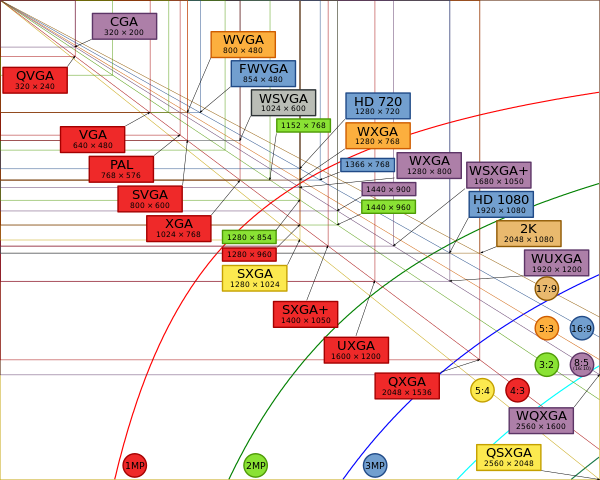Points, Pixels, and Pointillism
Points are building blocks of Geometry, it is one of those undefined terms. If we can recall a point is “that which has no length, width, or height.” We also remember that a point is represented with (x,y), where x is the horizontal and y is the vertical; and, that in maps, a point represents a location. We are also familiar that points are represented by dots.

If points are important in Geometry, they are also important for painters especially those who use the technique called pointillism. In pointillism, paintings are created meticulously using dots to form figures and sketches. The painting above titled A Sunday Afternoon on the Island of La Grande Jatte (1884-1886) by Georges Seurat is an example of a painting where pointillism was used. The painting’s dimensions are approximately 2 by 3 meters and it was created painstakingly for two years.
We are also familiar with pixels. They are small dots on computer screens and other digital devices such as televisions, cellular phones, and cameras that make up the texts, photos, and videos we see.
Finding the number of pixels on a screen is just like finding the area of a rectangle; that is, multiplying the number of pixels on its length length and width. So, a computer screen that has dimensions 1024 by 768 pixels has a resolution of 788,736 pixels.
The more number of pixels, the better the graphics quality (Why?). The common display resolutions are shown in the second figure above. The earliest computers used to have a resolution of 320 by 200 pixels, while some modern devices, as of this writing, have up to 2560 by 2048 pixels.
As we can see, the concept of the “building block” of Geometry, something that many of us have probably deemed unimportant has its practical uses after all. And its practical uses are the things that are very important — the things that we enjoy the most.
Can you imagine a world without pixels? A world without computers, televisions, cellular phones, and cameras?
Note: All images are via Wikipedia.
